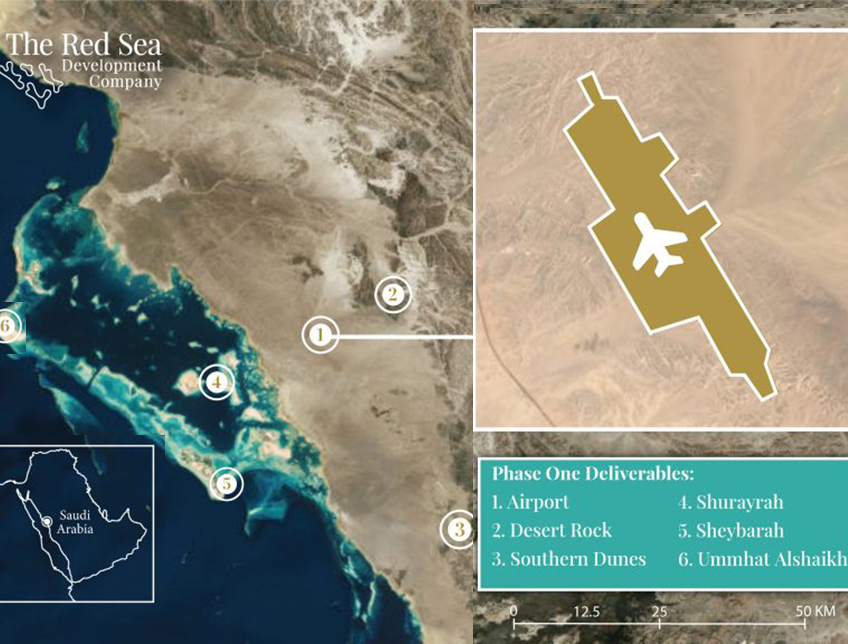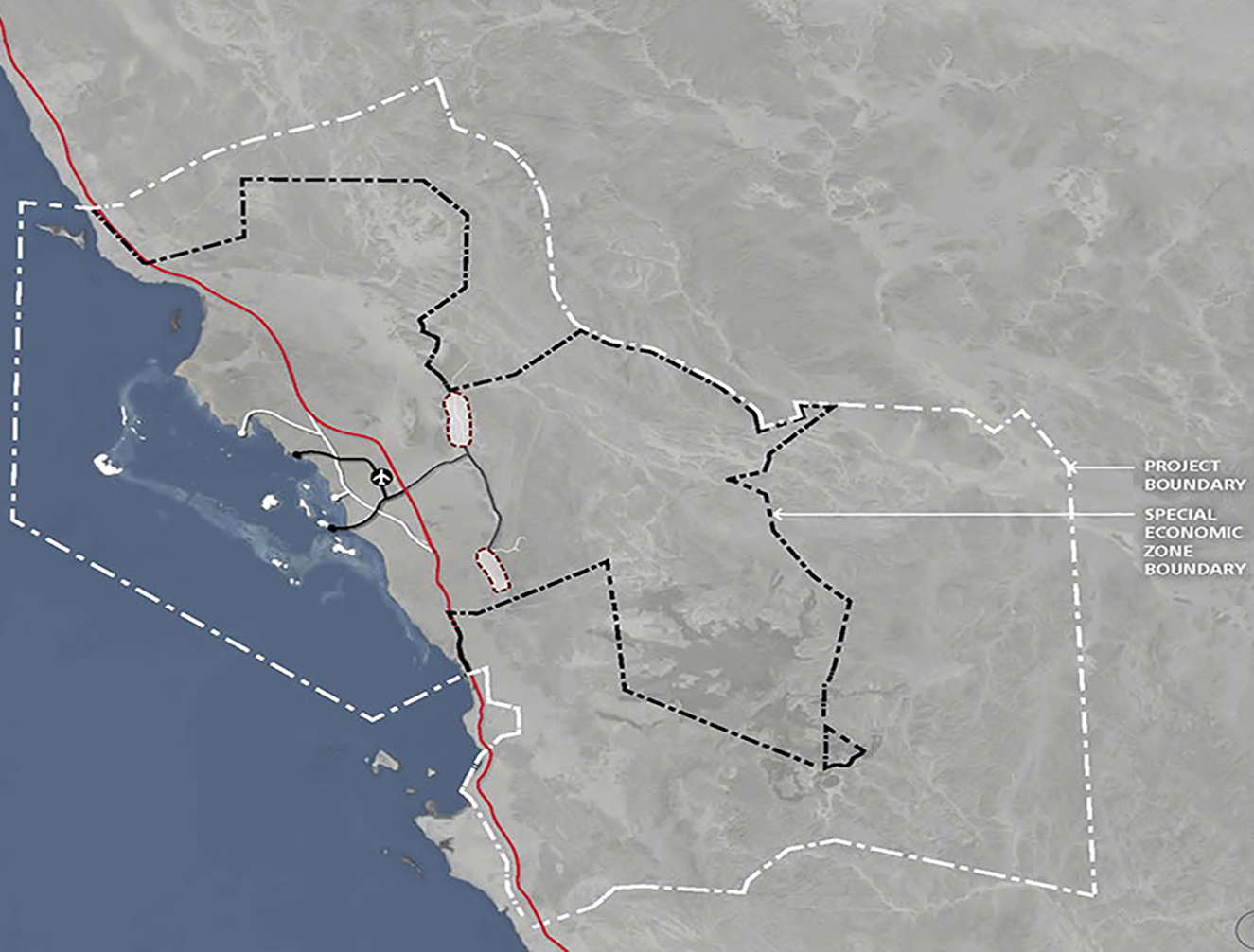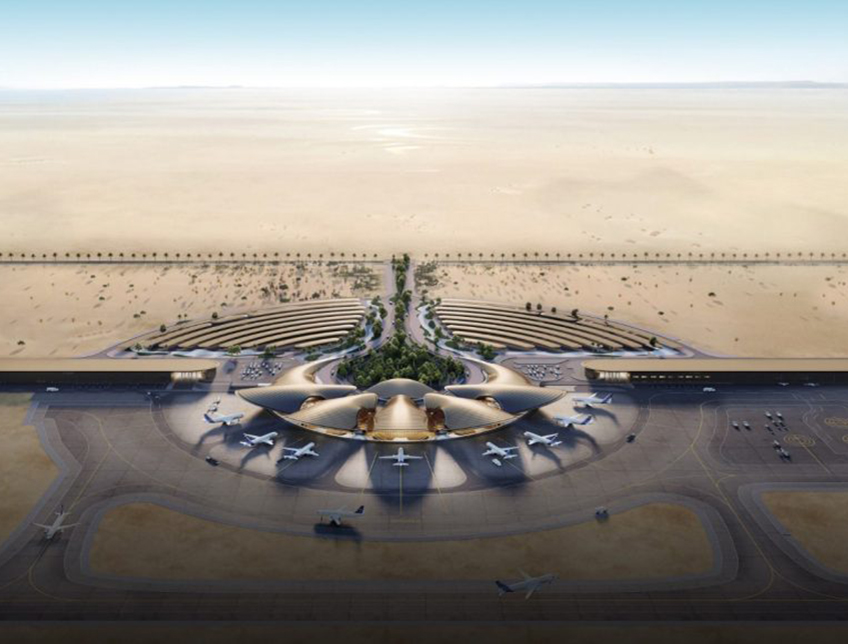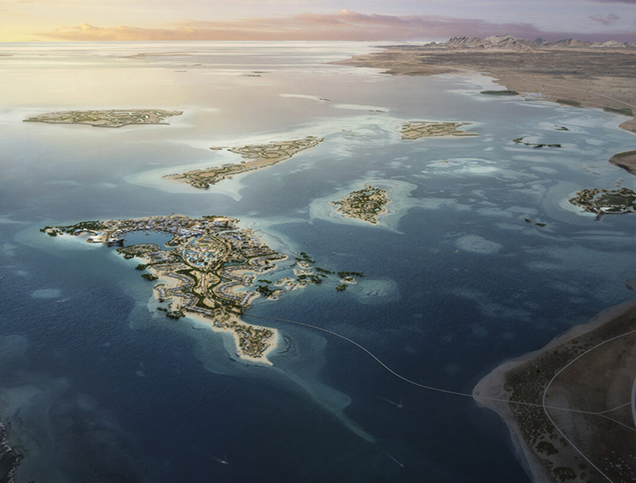
Close
responsive-lightbox domain was triggered too early. This is usually an indicator for some code in the plugin or theme running too early. Translations should be loaded at the init action or later. Please see Debugging in WordPress for more information. (This message was added in version 6.7.0.) in /home/kiju52ce/public_html/development/wp-includes/functions.php on line 6114updraftplus domain was triggered too early. This is usually an indicator for some code in the plugin or theme running too early. Translations should be loaded at the init action or later. Please see Debugging in WordPress for more information. (This message was added in version 6.7.0.) in /home/kiju52ce/public_html/development/wp-includes/functions.php on line 6114
Approach Words: Environment Preservation, Integrated City, Sustainability
Public Policy Instruments: Financial Mechanism, Organization, Physical Intervention, Planning
The Red Sea International Airport (RSI) is a new aviation facility and a key component of the Red Sea Project.i 1 The latter is a large-scale tourism development and part of Saudi Arabia’s Vision 2030 strategy,ii 2 which aims to create a new luxury tourism destination on a global scale on the country’s west coast.3 As such, the new airport is envisioned as a primary gateway to the Red Sea destinations.4 Specifically, the airport aims to be a transit hub serving tourists visiting the tourism developments in the Red Sea Project.5 These developments include 50 resortsiii and over 1,000 residential units distributed across 22 islands and six inland sites.6
Located 90 kilometers south of Al Wajh area in the west of Saudi Arabia,7 the new airport is situated 15 Kilometers from the coastline.8 The master plan extends over 28 square kilometers,9 with a total built-up area of 0.06 square kilometers.10 The airport is projected to accommodate one million passengers annually upon completing the Red Sea Project in 2030, with a peak capacity of 900 passengers per hour.

Title: Map Showing the Location of the Red Sea International Airport in KSA and the Surrounding Touristic Landmarks in The Red Sea Project.
Source: Click Here

Title: The Location of the Red Sea International Airport in Relation to the Boundary of the Red Sea Project.
Source: Click Here

Title: 3D View of the Red Sea International Airport.
Source: Click Here

Title: A 3D render Image shows one of the Touristic Developments at the Red Sea Project.
Source: Click Here
The surrounding desert landscape, including the green oasis and the sea, inspires the architectural design of the Red Sea International Airport. It is characterized by five dune-like pods arranged around a central drop-off and pick-up space.11 The airport also includes six runways,12 three helipads and parallel taxiways.13 The primary runway measures approximately 3,7 Kilometers in length and is classified as a Code F runway. Additionally, it includes a 0.525 Kilometers long Code B seaplane runway.14
The terminal building features a lush green oasis garden, creating a serene resort-like atmosphere for passengers.15 It includes five separate departure suites as a series of pods, each offering facilities such as health resorts and restaurants.16 Green spaces are created between the pods. Each pod can function independently as a “mini terminal”, allowing sections of the airport to be closed during periods of low demand to conserve energy.17 As for the aircraft terminal, it is designed with smaller, intimate spaces to provide passengers with a private experience.18

Owner/Developer (Public)


Environmentally, the airport is entirely powered by renewable energy sources,19 aiming to achieve a LEED platinum sustainability rating.20 Shaded areas and natural ventilation reduce the use of air conditioners.21 The airport incorporates advanced technology and automation features,22 including biometric technology integrated with law enforcement and airport security systems, alongside automated hotel check-in and check-out processes.23 It aims to deliver an advanced digital experience for passengers, allowing them to manage boarding passes, passport control, and luggage handling through a mobile app, eliminating the need for a physical check-in area.24
The project is initiated by Red Sea Global,25 a real estate development company owned by the Public Investment Fund (PIF) and chaired by HRH Crown Prince Mohammad bin Salman.26 Foster and Partners design the master plan in collaboration with the architecture studio Jacobs.27 The Red Sea International Airport is operated by Daa International.28 The Saudi joint venture of contractors Nesma & Partners Contracting and Almabani General Contractors is responsible for the airside infrastructure work29 that began in 2021,30 while AECOM is providing construction supervision and quality control services for the airport.31 The total cost of the project is $237 million.32
Currently, the airport exclusively caters to domestic flights connecting Riyadh and subsequently Jeddah. International flights are scheduled to commence in mid-2024.33 The first flight to the Red Sea Airport landed on the new runway in September 2023.34
Project Link
https://www.redseaglobal.com/en/our-destinations/the-red-sea/red-sea-international-airport
Endnotes
References